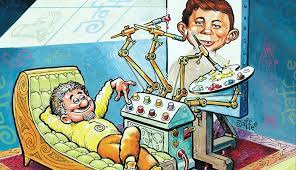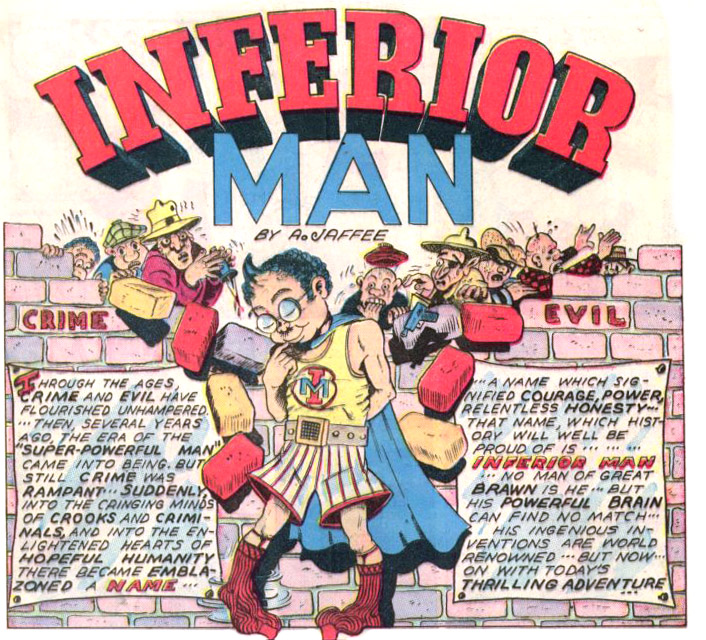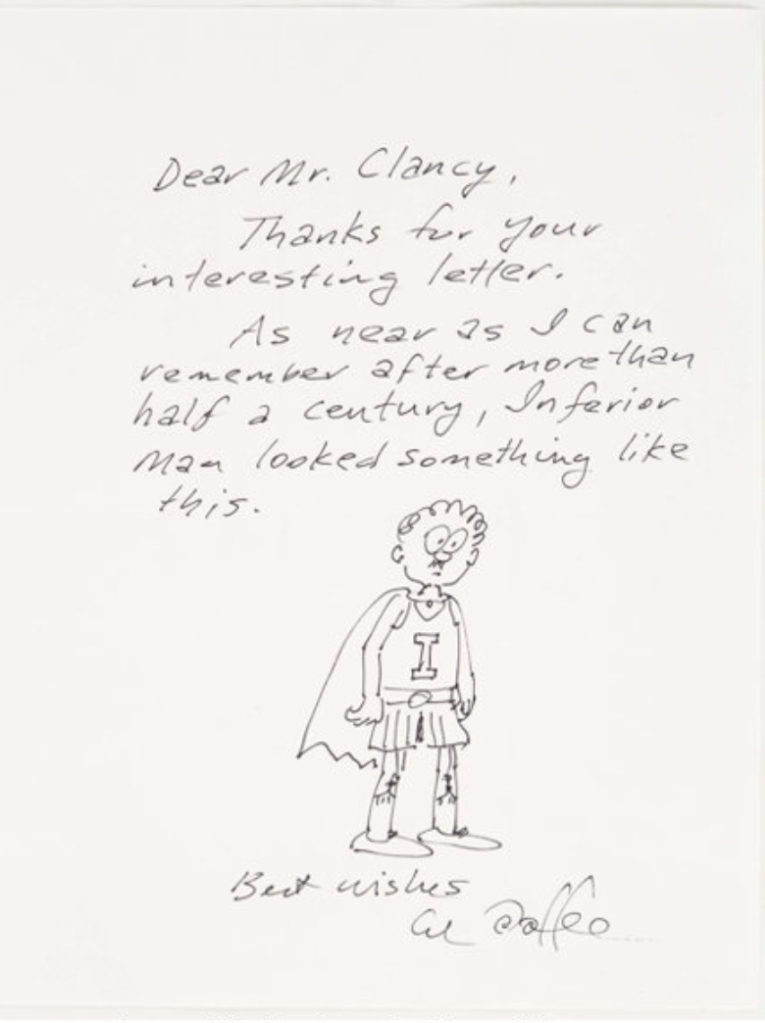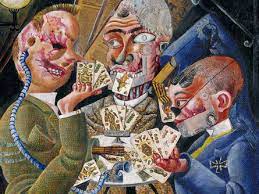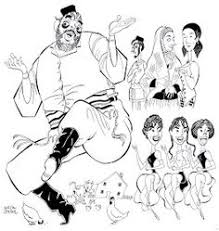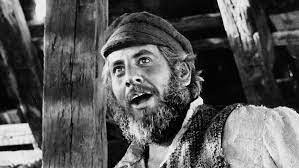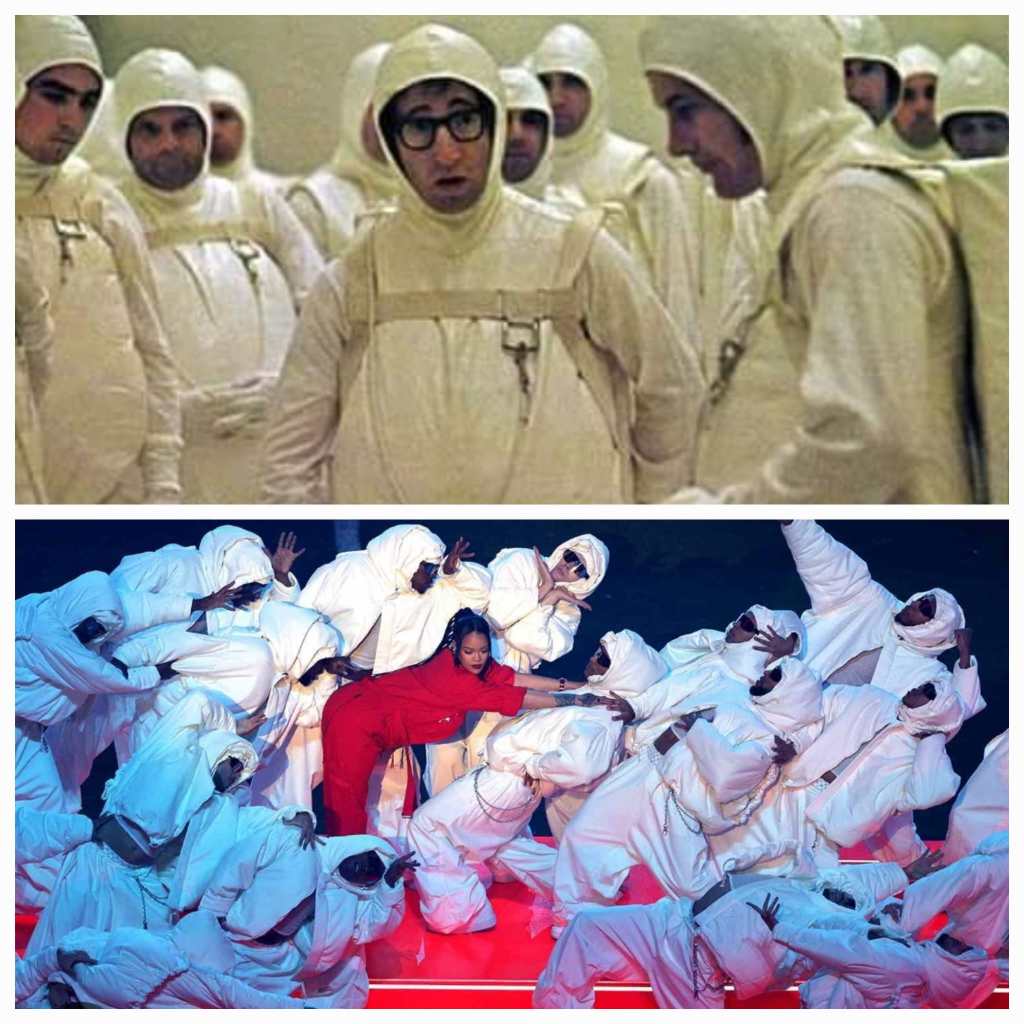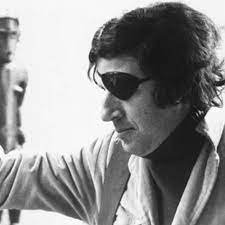
I grew up in a small town in the Adirondacks. We lived on a few acres of land. We had a pond, a stream, and a marsh in back of our house. In back of my house, I could see the mountains. Since we lived in a valley, I would see the weather come in from the mountains, slowly passing over my house. I lived in a kind of slow solitude, outside of history. To be sure, many Americans growing up in the 80s and 90s lived in a space outside history. But some theorists see this as a result of the burgeoning of mass media and capitalism. Entertainment keeps historical rupture at arms length.
Fredric Jameson – the celebrated theorist of postmodernism – saw America as post-historical, epitomized by artists such as Andy Warhol, whose art was focused much more on pop culture, pastiche, and irony. While we know him for his colorful variations of celebrities, soup cans, and cleaning supplies, he also depicted accidents, electric chairs, and tragic sensationalism.

Warhol could only hint about this. He was more interested in how we were distracted by celebrity, glamour, and American products. History was not his concern. Pop art demonstrates a kind of historical amnesia. Today, with Tik Tok, Instagram, etc we see how far distraction can go to displace history. For the majority of the world, there is no deep thought about historical things. There are memes. Happiness may or may not come out of one’s daily death scrolling.
In contrast to all this, Milan Kundera lived and breathed history and experienced the horrors of communism. He was a Czech-born French novelist and went into exile in France in 1975, acquiring citizenship in 1981. His books were censored by the Communists in Czechoslovakia
His literature opened my eyes – as an American – to things I never thought about. What is the relationship of literature to history? What is the meaning and purpose of comedy? How can history, war, and politics ruin lives and thwart growth and flourishing as a human being?
To be sure, Americans don’t have the same legacy as Europeans do for literature. We have – in many ways – inherited it from them. What Kundera did is noteworthy in this sense. In his amazing book, the Art of the Novel, he provides a powerful genealogy of the modern novel, staring with Don Quixote.
In The Art of the Novel, Milan Kundera argues that comedy changed everything. According to Kundera, comedy announces the death of tradition, certainty, and religion. But, at the same time, it announces a new tradition which is born in the wake of death. For Kundera, the origin of this new tradition, which bears witness to the death of the old tradition, has a proper name.
Kundera names the herald of death and the father of a new tradition: Don Quixote.
As I note elsewhere, Kundera’s read on literature is apocalyptic.
The new message is Apocalyptic and Kundera is describing it for us. The herald of this message is Kafka. Now the land Surveyor lives in a world which is not simply ambiguous; it is dangerous. The world may kill this comic character! It deprives the fool of his freedom. Perhaps Kafka’s Land Surveyor (from The Castle) marks the death of a legacy?
After Kafka, Kundera wonders: is the novel dead?
But if Cervantes is the founder of the Modern Era, then the end of his legacy ought to signify more than a mere stage in the history of literary forms; it would herald the end of the Modern Era. That is why the blissful smile that accompanies those obituaries of the novel strike me is frivolous. Frivolous because I have already seen and lived through the death of the novel, a violent death (inflicted by bans, censorship, and ideological pressure) in the world where I spent much of my life and which is usually called totalitarian.
In effect, Kundera is telling us, by virtue of his own personal witness, that the novel was killed by the Totalitarian world. This world, in contrast to the novel, lives in accordance with “one single Truth.”
But this is not enough of a death sentence. Kundera says that the novel is a “cemetery of missed opportunities.” They include four appeals: to play, to the dream, to thought, and to time.
Kundera notes authors for each appeal. They include, respectively, Laurence Sterne and Denis Diderot (appeal to play); Franz Kafka and the Surrealists (appeal to dream); Musil and Broch (the appeal to thought); and Proust (the appeal to time).
In an Apocalyptic tone, he notes that they all belong to a “cemetery of missed opportunities.” Milan Kundera has personally witnessed their death. He has witnessed the political death of the novel and the death of all of these appeals. However, at this moment of description, in the face of this death, Kundera pronounces a new life for the novel. He pronounces a new purpose in the post-totalitarian era.
In a world in which everything is caught up in a “veritable whirlpool of reduction” the novel’s raison d’etre is to “keep the ‘world of life’ under a permanent light and to protect us from the ‘forgetting of being.’”
The brilliance of Kundera’s work, especially in his novel, The Book of Laughter and Forgetting, is to challenge a kind of comedy that emerges out of politics; a kind of laughter, that creates a forgetfulness of history, of being, and weight.
In this novel, he takes aim at the “magical ring” of activism.
“A magazine photograph: a row of men in uniforms, bearing rifles and in helmets with protective plastic visors, watch a group of young people in jeans and T-shirts, hand in hand in a ring, dance in front of them…..I think I understand them: they have the impression that the circle they are describing on the ground is a magical circle uniting them like a ring. And their chests swell with an intense feeling of innocence: they are united not by marching, like soldiers or fascists formations, but by dancing, like children. What they are trying to spit in the cops’ faces is their innocence.
That is how the photographer saw them, and he brought out an eloquent contrast: on one side, the police and the false unity (imposed, commanded) of the row, on the other, the young people in the true unity (sincere and natural) of the circle; on this side the police in the sullen posture of lying in wait, and on the that one, those who are delighting in play.
Dancing in a ring is magic; a ring dance speaks to us from the ancient depths of our memories”( 88-89)
Kundera goes on to describe the laughter that comes out of people who revel in this kind of circle which puts sensuality and childish innocence into a mystical plane. He sees this by way of a teacher who indoctrinates her students into her mystical ring:
“Madame Raphael, the teacher” who “clipped that photo from the magazine and gazed at it dreamily. She too wished to dance in a ring. All her life she looked for a circle of men and women with whom she could hold hands and ring dance, at first in the Methodist Church (her father was a religious fanatic), then in the Communist Party, then in the Trotskyist Party, then in a Trotskyist splinter party….then she looked for it in Marxists, in psychoanalysts, in structuralists, looked for it in Lenin, in Zen Buddhism, in Mao Tse-Tung…she wishes at least to be in perfect harmony with her students, to be at one with them, meaning that she always compels them to thing and say the same things she does, to merge with her into a single body and a sing soul in the same circle and the same dance”(89)
Recalling a moment when two of her students – Gabrielle and Michelle – were “bent over an Ionesco play,” the narrator points out their passionate reading of this absurdist play. While reading they come across a passage about a cat who has “six paws.” They struggle with its meaning. But then Michelle has an aha moment: “This dialogue is certainly intended to create a comic effect”(90).
At this moment, they have a kind of mystical revelation about comedy that, as the narrator shows, is deluded and actually contrary to what Ionesco was trying to get across:
“The two girls look into each other’s eyes, their lips quiver with something like pride, and finally their mouths let out some short, spasmodic sounds in the higher reaches of their vocal range. Then the same sounds again and again. “A forced laugh. A laughable laugh. A laugh so laughable they can do nothing but laugh. Then comes real laughter. Bursts of repeated, rushing, unbridled laughter…They laugh their laughter until the infinity of their laughter…O laughter! Laughter of sensual pleasure, sensual pleasure of laughter”(90)
At this moment, the narrator evokes the “nearby people…holding hands and dancing in a ring”(91) yet for some reason, there is a void in the middle of this circle. “Madame Raphael, oddly anguished and unsatisfied, made her way home…”(91).
Following this, the narrator recalls his own memory of dancing in a ring: “I too once danced in a ring. It was in 1948. In my country, the Communists had taken power…and I took other Communist students by the hands or shoulders and we took two steps in place, one step forward, raised the left leg to one side, then the right to the other, and we did this nearly every month, because we always had something to celebrate…old injustices were redressed, new injustices were perpetrated, factories were nationalized, thousands of people went to prison…Then one day I said something I should not have said, was expelled from the party, and had to leave the ring dance. Then I understood the magical meaning of the circle”(92).
What did Kundera teach us? He taught us how when we are high on ourselves and our fantasies – when we are floating away in the dance, laughing – history will remind us about the meaning of the circle. Modernist literature – I learned from Kundera – is a balance between laughter and the weight of being.
Some laugh to remember, some laugh to forget. This reminds me of the Samuel Beckett line – often noted by Theodor Adorno – that is the subtitle of this blog: “the laugh that laughs at the laugh.”
That is the kind of laughter we hear in these passages. It is a heavy kind of laughter that has learned from history. Today, we need to take this to heart. But we are only capable of this laughter if we learn how to read again. In our age of TikTok and rapid-fire social media, we may all get caught up in the mystical ring of this or that movement only to wake up and realize that we’ve been duped.
Rest in peace, Milan Kundera.

